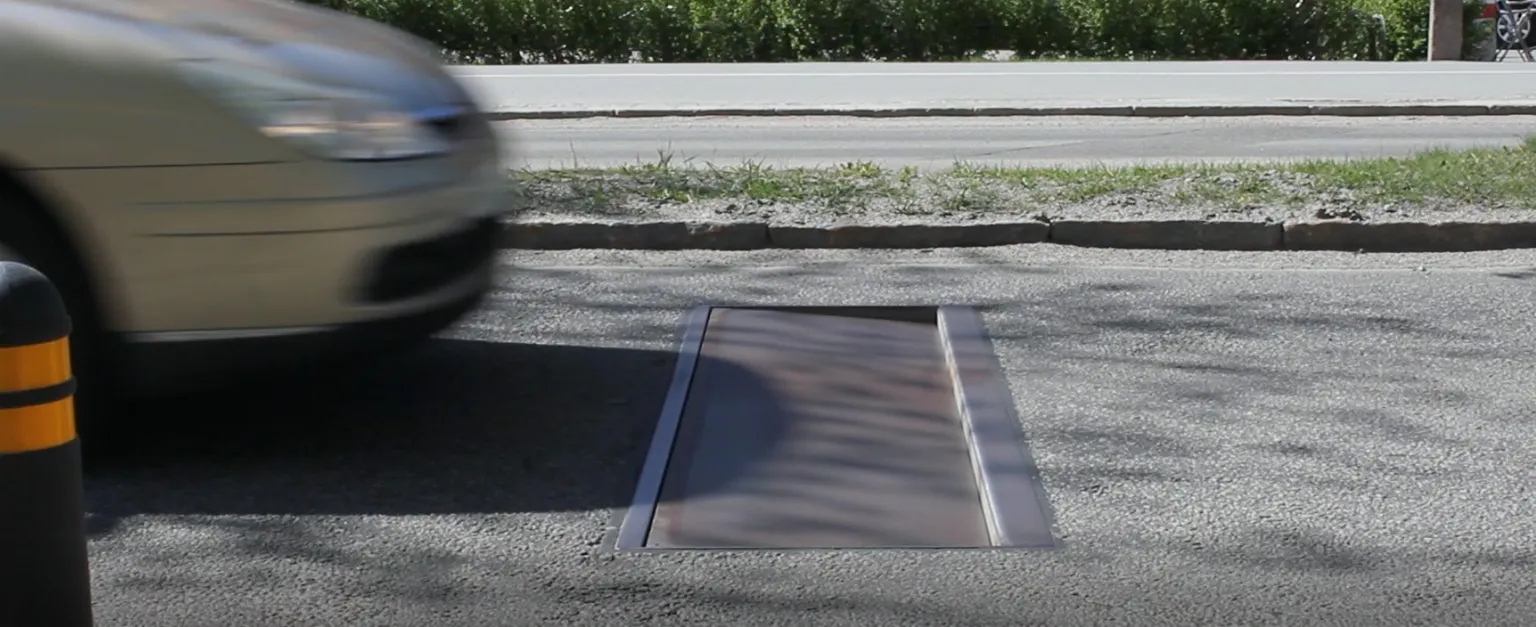Kistler said it has obtained the OIML R-134 certificate for its Weigh-In-Motion (WIM) system, making it the first WIM manufacturer to have received the certification for vehicle weighing with strip sensors from 3 to 65 km/h.
Since OIML R-134 is the international metrology standard for legal weighing applications, the certificate paves the way for the use of Kistler WIM systems – consisting of Lineas quartz WIM sensors and the Kistler WIM Data Logger – in applications such as weight-based toll collection
June 15, 2016
Read time: 2 mins

Since OIML R-134 is the international metrology standard for legal weighing applications, the certificate paves the way for the use of Kistler WIM systems – consisting of Lineas quartz WIM sensors and the Kistler WIM Data Logger – in applications such as weight-based toll collection and automatic weight enforcement.
Road concessionaries and toll road operators can upgrade existing manual toll collection solutions to free-flow automatic toll collection, allowing vehicles to pass their toll collection sites without stopping.
Furthermore, governments in several countries are pushing ahead with automatic weight enforcement applications. Automatic weight enforcement aims to detect and pursue overloaded vehicles automatically by using a WIM system combined with license plate recognition. This requires a legal framework and the use of a certified WIM system. OIML provides a sound basis for creating the necessary legal framework for these applications.
Obtaining an official certification for legal weighing applications can be a lengthy and costly process. Kistler’s OIML-certified WIM systems can help to accelerate the approval process.
Kistler’s OIML-certified, maintenance-free WIM systems are based on extremely durable quartz crystal sensors and can be integrated into any manual or automated weighing system.









